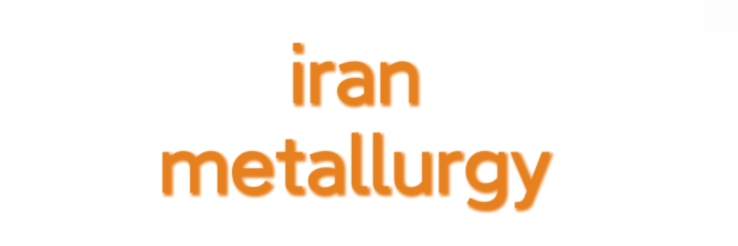How Can You Overcome Common Challenges in FRP Piping System Installation?
Installing a fiberglass reinforced plastic (FRP) piping system can present various challenges, but understanding these issues can lead to a smoother installation process. FRP piping systems are gaining popularity due to their impressive performance metrics and energy efficiency. They are particularly well-suited for industries that require corrosion-resistant materials and lightweight alternatives to traditional piping systems.
If you want to learn more, please visit our website industrial frp piping system installation.
One of the primary functions of FRP piping systems is their ability to resist corrosion in harsh environments. This is essential for industries such as chemical processing, oil and gas, and wastewater management. FRP pipes are also noted for their high tensile strength and low weight, making them easier to handle and install compared to metal pipes. Moreover, their smooth interior surfaces promote better flow rates and reduce the likelihood of blockages.
However, like any product, FRP piping systems come with advantages and disadvantages. On the positive side, these systems are significantly lighter than steel or PVC alternatives, which not only simplifies transportation but also reduces installation labor costs. Additionally, their resistance to chemicals and UV rays makes them a reliable choice for long-term applications. On the downside, the initial cost of FRP piping can be higher than traditional materials, which may deter some budget-conscious organizations. Furthermore, improper installation can lead to performance issues, potentially necessitating costly repairs.
Users who have transitioned to industrial FRP piping system installation often report a marked improvement in operational efficiency. They appreciate the quick setup times and the reduced need for frequent maintenance due to the material's durability. In facilities where traditional piping systems have failed due to rust or corrosion, the move to FRP has not only prolonged system life but also enhanced performance metrics such as flow capacity and pressure retention.
Additional resources:Exploring the Benefits of PIR Core Panels
Maximize Comfort with Effective Internal Wall Insulation
For more information, please visit Frp Pipe.
When it comes to pricing, FRP piping systems usually range from $3 to $10 per foot, depending on factors such as diameter, thickness, and specific application requirements. Although the investment may be perceived as high initially, the long-term cost savings from reduced maintenance and replacement needs often outweigh the upfront expenditure. This enhances the value proposition of FRP systems, especially in industries with stringent safety and quality standards.
To overcome common challenges during installation, it’s crucial to partner with experienced professionals. Proper training for the installation crew can minimize the risk of errors, as mishaps can result in leakage or compromised structural integrity. It's also advisable to conduct thorough pre-installation assessments to tailor solutions to specific environmental conditions and operational demands.
In summary, while the installation of an industrial FRP piping system may present challenges, the benefits far exceed the drawbacks. The innovative properties of FRP materials address the needs of industries facing corrosive environments, leading to improved efficiency and longevity. By carefully weighing the pros and cons, and investing in proper training and planning, companies can successfully navigate the complexities of FRP piping installation and reap the long-term rewards.
If you are looking for more details, kindly visit Frp Cooling Tower.

